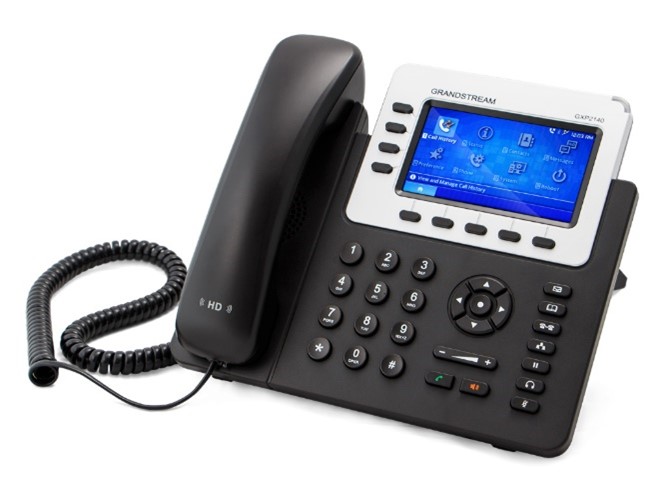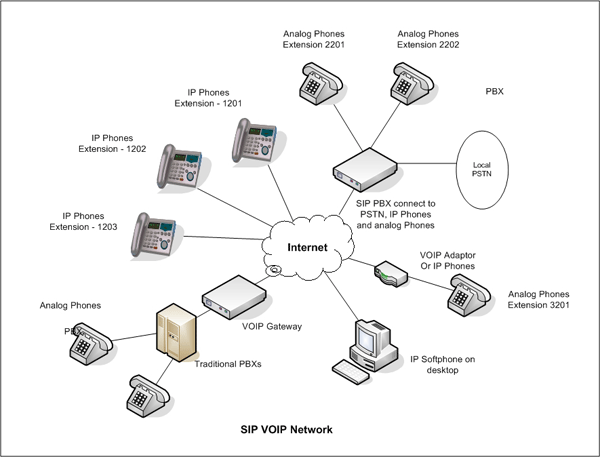Voice over Internet Protocol (VoIP), is a technology that allows you to make voice calls using a broadband Internet connection instead of a regular (or analog) phone line. Some VoIP services may only allow you to call other people using the same service, but others may allow you to call anyone who has a telephone number – including local, long distance, mobile, and international numbers. Also, while some VoIP services only work over your computer or a special VoIP phone, other services allow you to use a traditional phone connected to a VoIP adapter.
PBX stands for Private Branch Exchange, which is a private telephone network used within a company or organization. The users of the PBX phone system can communicate internally (within their company) and externally (with the outside world), using different communication channels like Voice over IP, ISDN or analog. A PBX also allows you to have more phones than physical phone lines (PTSN) and allows free calls between users. Additionally, it provides features like transfer calls, voicemail, call recording, interactive voice menus (IVRs) and call queues.
With a traditional PBX, you are typically constrained to a certain maximum number of outside telephone lines (trunks) and to a certain maximum number of internal telephone devices or extensions. Users of the PBX phone system (phones or extensions) share the outside lines for making external phone calls.
Switching to an IP PBX brings with it many benefits and opens up possibilities, allowing for almost unlimited growth in terms of extensions and trunks, and introducing more complex functions that are more costly and difficult to implement with a traditional PBX, such as:
- Ring Groups
- Queues
- Digital Receptionists
- Voicemail
- Reporting
- Intercom / Paging


